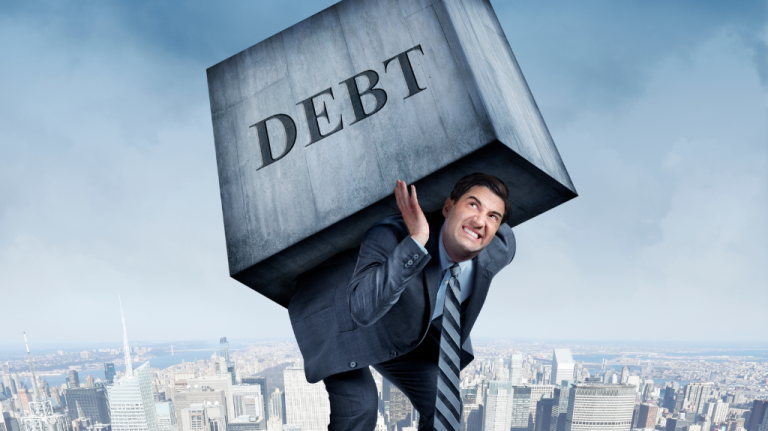By Margaret H. Johnson
Lots of media attention to a Royal Bank poll that discovered that a quarter of Canadians appear to be debt free.
They reported that for those who do have personal debt the average debt load has jumped up to $15,920, a $2779 increase from a year ago.
Then, they ask a credit counsellor from Ontario why this is all happening. He reportedly said that he believes some people are getting the message and hustling to repay their debt before interest rates rise. Accordingly, he suggested that Canadians have become increasingly aware of the benefits of moving their debt from credit cards toward things like a home equity line of credit, which often has a much lower interest rate. They are shifting their unsecured debt to secured debt. So from one perspective they are doing some positive money management, by paying lower rates on their debt… but the big key here is to alter their spending habits.
I’m really confused. To begin with we hear that 25% of Canadians owe absolutely no money to anyone – no mortgage or consumer debt but at the same time the debt levels are going up according to the debt–to-income ratio released by Stats Can in September 2013 – up to a new high of 163. 4.
To put it another way, according to the Bank of Canada’s statistics, consumer credit has gone up from 509 billion in December 2012 to $515 billion in October 2013. No matter what the Royal Bank poll says, consumer debt continues to rise. This does not indicate that people are rushing to repay their debt before interest rates rise or that Canadians have become increasingly aware of moving their debt from credit cards to lines of credit and that they are shifting their unsecured debt to secured debt. It tells me that those outside of the chosen 25% (those who are debt free) are still borrowing.
That said, the somewhat surprising announcement that 25% of the population is not a surprise or a secret at all. Certainly since 2008 Statistics Canada reported that the richest one-fifth of the population accounted for 44% of annual incomes and 69% of the accumulated wealth. Does this not shed some light on the probability that this same group owes little or no money?
Then, in the same statistical disclosure in 2008, the middle class or more specifically the middle fifth of all households received 17% of the incomes and just 8% of the wealth.
You see, in the last 20 years I have not interviewed too many of those from the highest income levels. Instead, I see the middle class and those of lesser means. These are the people who are in debt not those who own 69% of the wealth.
The poorest fifth of households in Canada claimed a meagre 5% of the after income tax incomes, and possessed absolutely no wealth.
The debt figures keep on going up likely because those who owe the $515 billion in consumer debt can’t break free of the debt loads. They scramble to meet ever increasing expenses. It is the dynamic between stagnant income increases and excessive cost of living expenses that I see fuel the dependency on consumer credit.
Click below to view the article published in the Globe and Mail October 29, 2013
